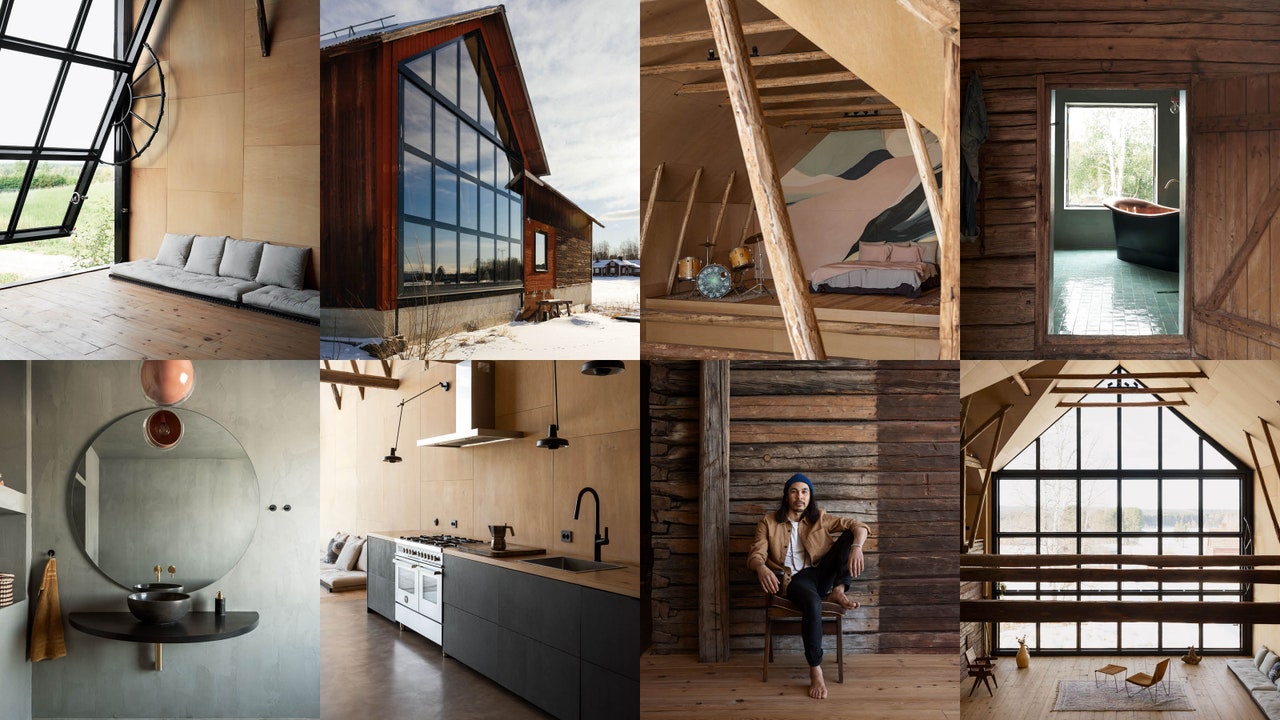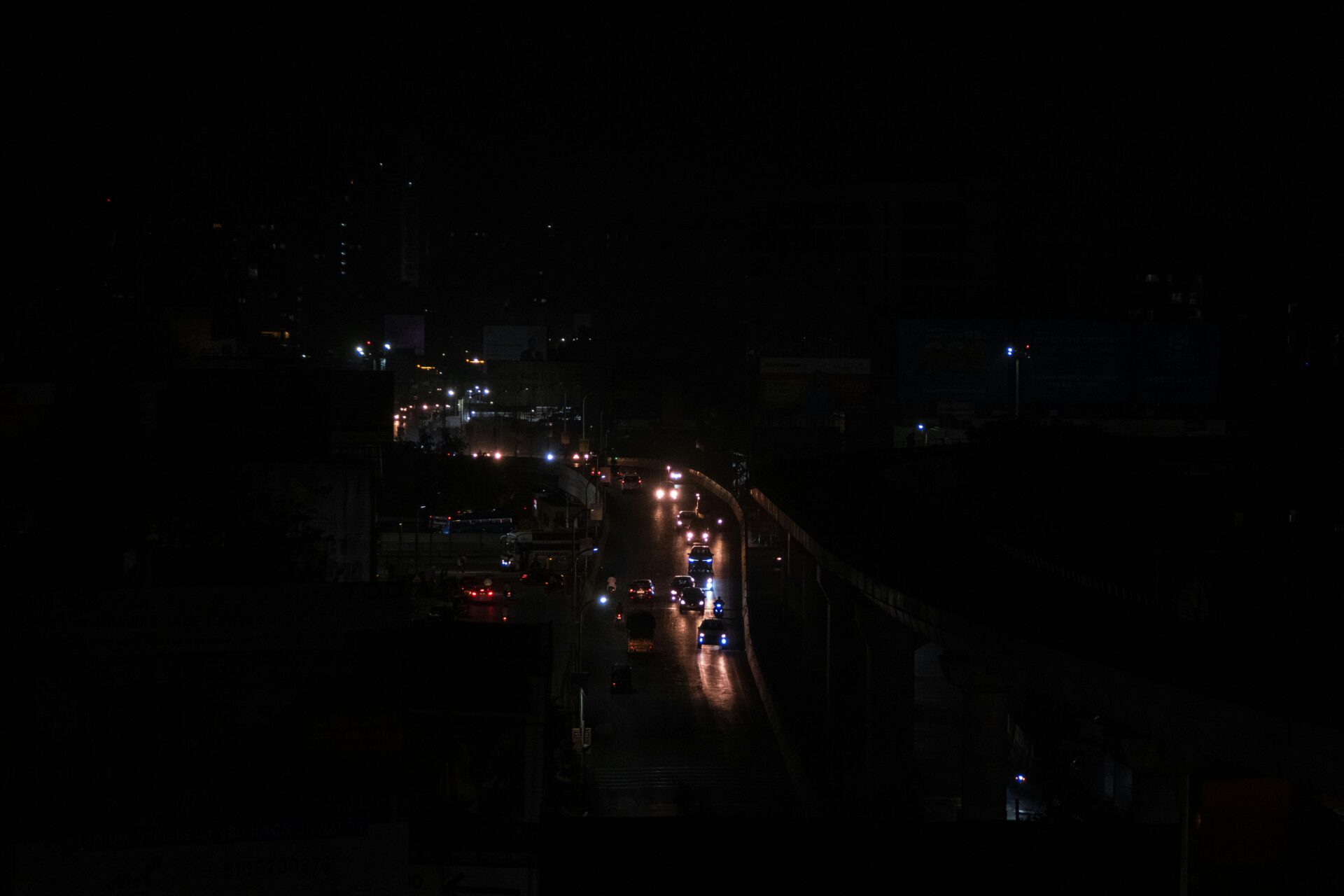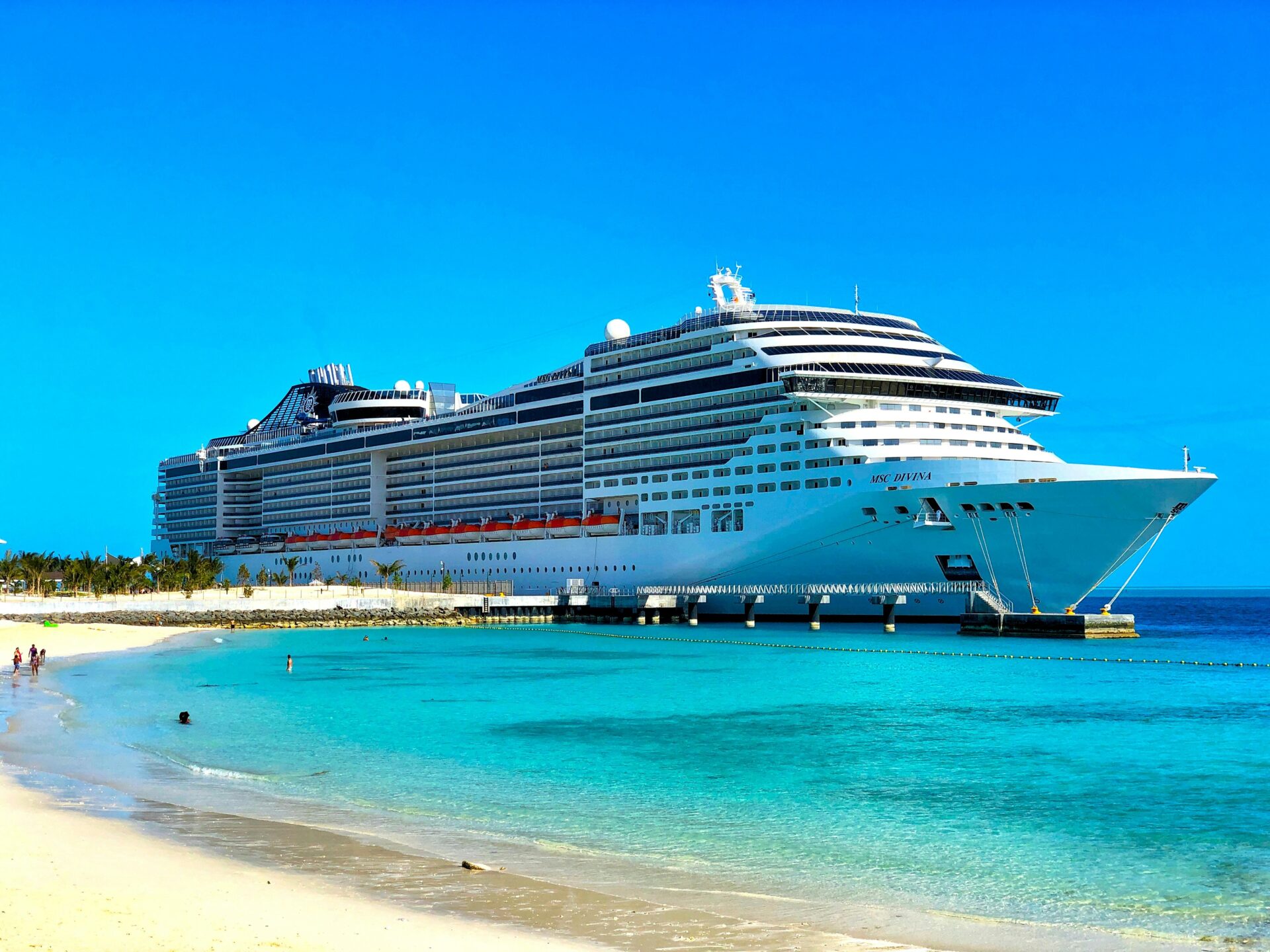On my journey to Dalarna in Sweden, I returned home with a memento, a hewn horse about five inches tall. My time spent carving it was under the tall spruces, sharing stories with Alfred Blomberg, a local farmer who casually told tales of the nearby lake that would freeze solid every winter, his cows’ summer holiday to the mountain pasture, and his youthful exploits as a slingshot champion carving his implements and traveling around Sweden. It was a scene that seemed timeless, a snapshot out of any moment in the last century.
Just a few hours north of Stockholm, the lush panoramic landscapes of Dalarna unfold before you. This is the heartland, resonant with echoes of Huckleberry Finn. As you drive, you get glimpses of birch and lakes, pines mirrored in the water. Dalarna serves as the gateway to the Scandinavian Mountains, a winter sports haven. Yet, it’s the summer that beckons most, tempting people into the embrace of its forests, cabins, and villages for hikes, swimming in the pristine lakes, and absorbing the rich traditions of midsommar festivals.
Lake Siljan is at the heart of this region, a crater lake formed by a large meteor impact more than 377 million years ago, over time transforming the earth here. Staying in this region offers an opportunity to immerse oneself in an elemental essence of Sweden, a purity almost tangible.
The small horse I carved is known as a Dala horse. Dyed a vibrant orange-red and decorated with a colorful bridle, these charming figures are sold all over the country. They represent a regional quirk that morphed into a national icon over centuries. The prevalence of red houses across Sweden traces its roots back to the mine at Falun, once a major source of copper for most of Europe.
The barn that would be our dwelling sat tranquilly in the village of Sunnanhed, a place where cows outnumber people. What sets this barn apart is a spectacular iron-framed, house-shaped window that dominates a side of the building. At night, it seems to glow like a lantern.
Inside, this barn is anything but typical, as it defies expectations with its rustic loft apartment-style interior. From towering 26-foot-high ceilings to stripped pine and polished concrete, the space mirrors both its pastoral origins and sleek transformation. It features two simple bedrooms under an open mezzanine and a bathroom within a wooden hut, once a horse stable.
The founder, Mike Lind, bought the barn on a whim while exploring the countryside and has since turned it into an ode to everything he holds dear. From sustainable design to spaces conducive to meditation and contemplation.
Although it’s true the barn is devoid of any impactful distraction from the outside, it manages to encapsulate beautiful pastoral landscapes within its walls. We spent our time on countless stimulative pursuits, from projecting movies onto walls to foraging for wild mushrooms and having picnics after walks in the woods.
One surreal experience came when we descended into a disused iron mine to partake in a Nordic sauna. A wooden sauna awaited us down the mine, right next to an azure subterranean lake. We lost ourselves in the sauna’s heat, followed by icy plunges in the frigid water beneath the earth’s surface. It was here, among the echoes of history in Sweden’s ancient underbelly, stripped bare under cold water and hot steam, that we felt an altogether different and primal connection to the country.
My time in Dalarna, Sweden, provided me with not just a small wooden horse but a multitude of profound, unforgettable experiences. Immersed in the raw beauty, elements, ancient customs, and the serene simplicity of life, this journey had undoubtedly transformed me and forged lasting connections with the heartland of Sweden.




